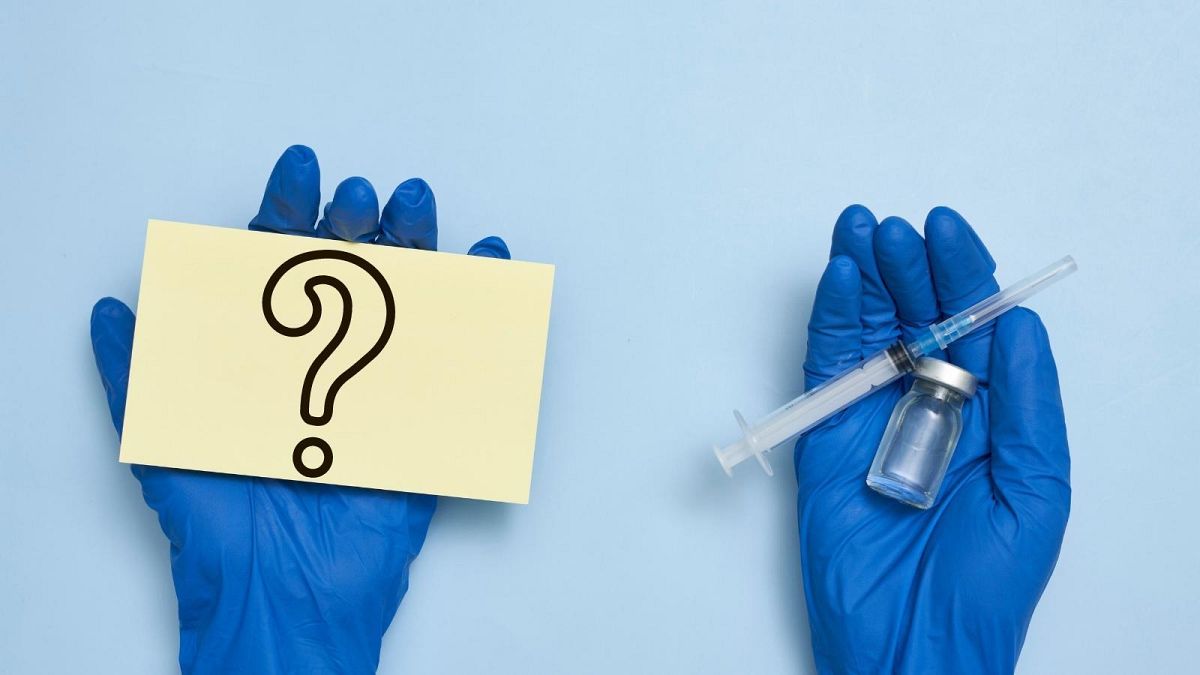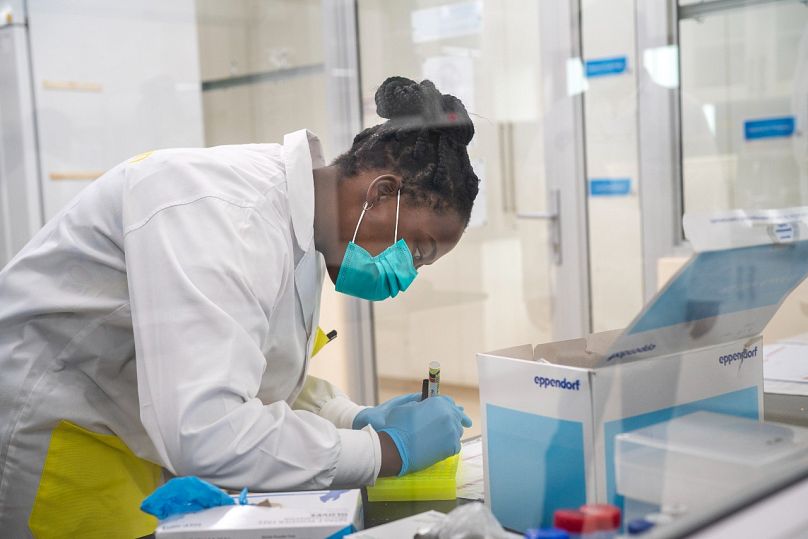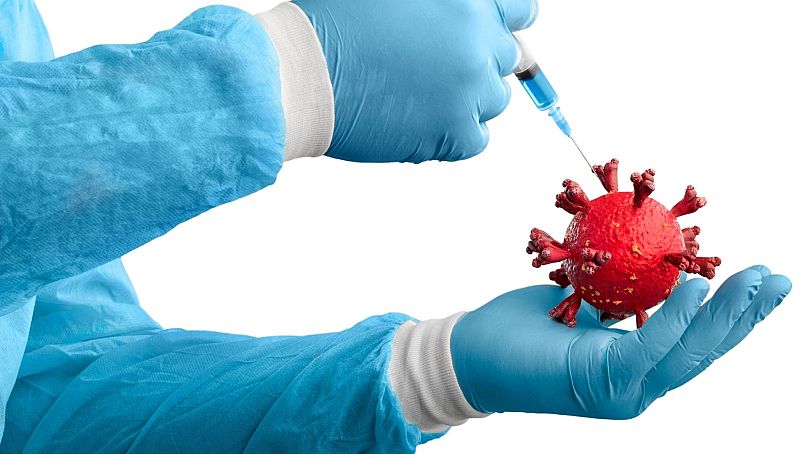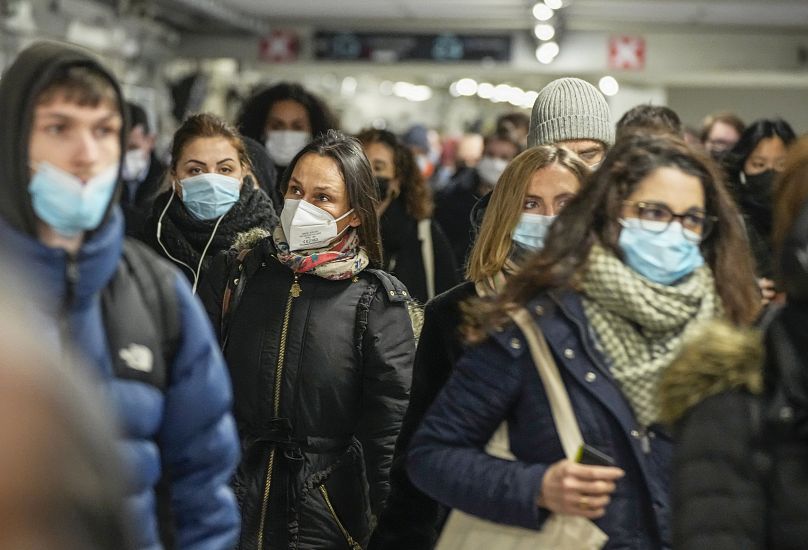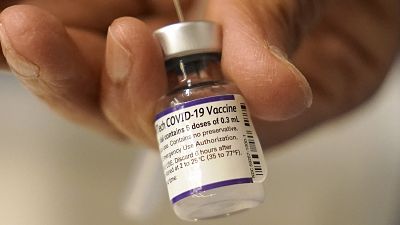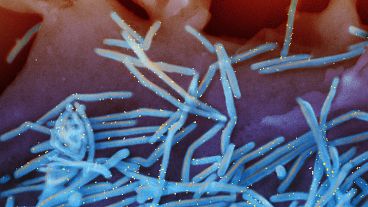We asked you what you wanted to know about Omicron and put your questions to an expert from the European Centre for Disease Prevention and Control (ECDC).
Little is still known about the new Omicron variant of the COVID-19 virus and scientists and researchers are scrambling to discover the impact it may have on the planet and its population.
The World Health Organization (WHO) labelled Omicron - formally known as B.1.1.529 - a “variant of concern” (VOC) on November 26.
Questions over whether it could cause severe illness or whether existing COVID-19 vaccines are effective against it remain but we are starting to learn more about the variant.
We asked you our readers what you wanted to know about Omicron and put your questions to Anastasia Pharris, the infectious diseases expert at the European Centre for Disease Prevention and Control (ECDC). This is what she had to say.
How dangerous can Omicron be?
Current evidence on transmissibility, severity and immune escape is highly uncertain for the Omicron variant.
However, preliminary data from South Africa and the UK suggest that it may be substantially more transmissible compared to the Delta VOC. If this is the case, mathematical modelling indicates that the Omicron VOC is expected to cause over half of all SARS-CoV-2 infections in the EU/EEA within the next few months.
What specific symptoms does it have?
All cases for which there is available information on severity were either asymptomatic or mild. To date, there have been no severe cases and no deaths reported among these cases.
However, it may be quite early to conclude that this variant is less severe given that it takes some time to develop very severe outcomes and populations that are more likely to have severe outcomes (older adults, those with comorbidities) have not yet been infected in very high numbers to date.
If the symptoms are really this mild – why is it such a health worry?
As initial data suggests that Omicron is substantially more transmissible than other variants of concern, the virus could have the potential to spread very extensively and rapidly.
In the still hypothetical scenario where Omicron symptoms are generally milder but the growth advantage is higher, severe outcomes would be much less frequent than with previous SARS-CoV-2 variants at an individual level.
However, the sheer number of cases could lead to sustained and significant pressure on healthcare systems.
What is actually different from the other types of coronavirus?
The Omicron VOC is the most divergent variant in terms of the sheer number of mutations that have been detected in significant numbers during the pandemic to date, which raises serious concerns that it may be associated with a significant reduction in vaccine effectiveness and increased risk for reinfections.
Is it still detectable with self-testing kits?
From what we know so far, the widely used PCR tests continue to detect infection, including infection with Omicron, as we have seen with other variants as well.
Studies are ongoing to determine whether there is any impact on other types of tests, including rapid antigen detection tests.
How fast does this version spread?
Analysis of data from South Africa, the country where most Omicron cases have been detected, shows that the effective reproductive number Rt was estimated at below 1 (one person infects one more person, on average) from mid-August through late October 2021. This increased sharply to an estimate of 2.2 (one person infects 2,2 people, on average) by mid-November, in conjunction with an increase in the number of new diagnoses of Omicron.
The rapid increase of cases, the increase of the effective reproductive number Rt and the pace of replacement of the Delta VOC by the Omicron VOC in South Africa all raise concerns that this variant is significantly more transmissible than the Delta VOC.
Is the surge of new variants in African countries related to the reduced vaccination rates?
There are different theories around pathways for variants to emerge. They are thought to develop at times in response to sustained chains of transmission, which can be the case in places where incidence is high (due to low vaccination and/or low prevention measures in place).
In the case of Omicron, the change appeared quite suddenly which could mean that there was sustained transmission and slow change over time that was not detected in sequenced samples.
Two other emerging hypotheses in the scientific community are that a variant could develop due to long incubation and changes in the virus over time in one patient with severe immunosuppression, or that variants could develop due to transmission to an animal reservoir and back to humans. There is no clear data on any of this yet for Omicron or most other variants.
Are vaccinated people protected? Am I safe with 3 mRNA vaccinations? (i.e. with a booster)
The available SARS CoV-2 vaccines have been highly effective in protecting vaccinated people from disease, although no vaccine is 100 per cent effective and breakthrough infections in vaccinated people are possible.
There are still large unvaccinated populations across Europe and the world. It is imperative we close these immunisation gaps. Secondly, booster doses should be considered for all adult individuals, prioritising persons above 40 years of age.
As mentioned, further investigations are needed to understand to what extent the Omicron variant is able to escape protection from vaccines and previous infections.
When will we know if vaccines work against this new strain?
The picture should be clearer in the next few weeks to months when further analyses of infected cases have been made and studies that calculate vaccine effectiveness have been carried out.
Will this cause another worldwide lockdown?
Due to the uncertainties involved with this situation, the timely reinforced implementation of non-pharmaceutical interventions is now more important than ever.
These include the appropriate use of face masks, teleworking, operational modifications that reduce crowding on public transport, ensuring adequate ventilation in closed spaces and maintenance of hygiene measures that can be implemented immediately. Setting limits for the number of participants in social and public events during end-of-year celebrations will support physical distancing efforts.
How is the medical community determining one variant from another?
This is done through so-called ‘genetic sequencing’ of individual SARS CoV-2 variants. This is a laboratory process whereby samples are analysed for their genetic makeup (DNA) which can reveal genetic mutations.
